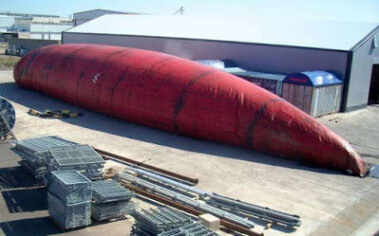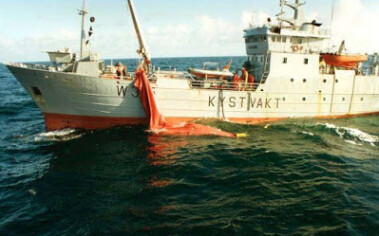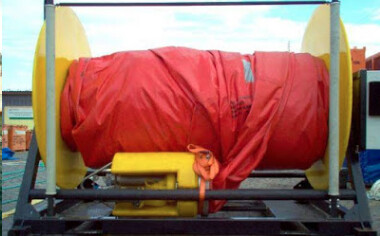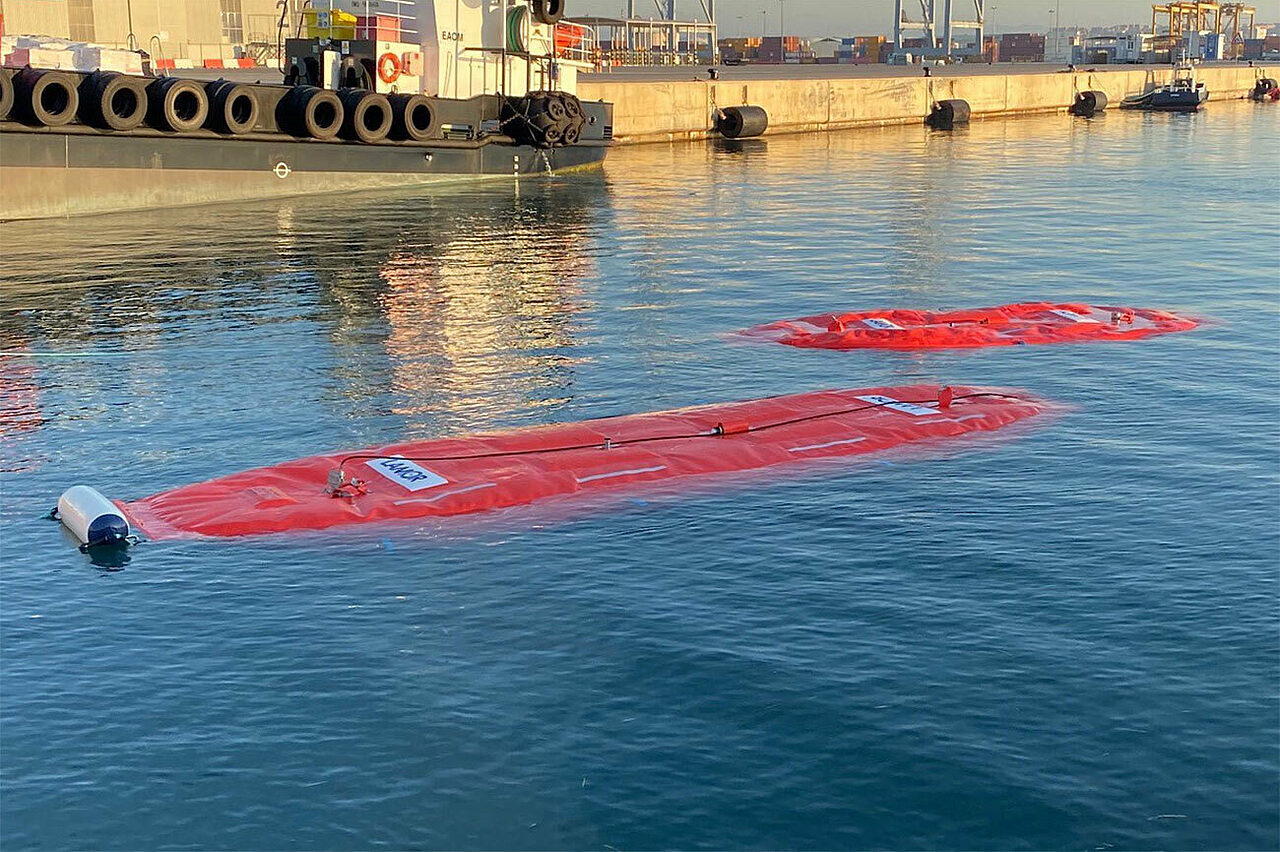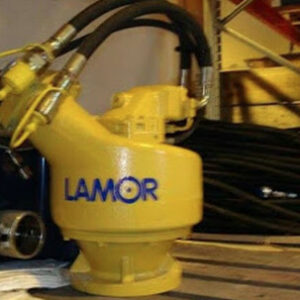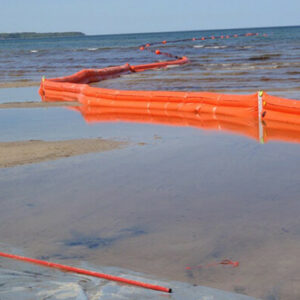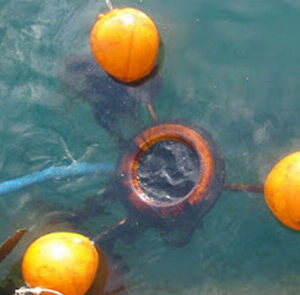Floating Storage Tank
The floating storage tank is a towable, collapsible floating storage container which can be deployed quickly for temporary storage and towing of recovered oil spills. The product is available in sizes ranging from 5 to 1000 tons. The floating storage tank can be towed at a maximum of 5 knots, and loaded or discharged at 10 to 400 tons per hour.
The floating storage tank is exceedingly strong, durable and light and requires very little maintenance. It is compact in storage, easy to transport and manageable in operations, even in high seas.
ADVANTAGES OF THE SYSTEM:
SHORELINE OPERATIONS
Unfortunately many oil spills create shoreline or near shore pollution. The floating storage bag isvery shallow draft makes it an ideal solution for temporary storage in confined areas such as estuaries, rivers and salt marshes. If access to the shoreline is not possible from the sea, a UNIBAG® can be deployed and filled on the beach, if the ground is even and level.
SKIMMING OPERATIONS
The presence of sufficient storage equipment will greatly maximize the amount of oil collected in the critical first hours of the skimming operation. The floating storage tank is designed to increase the storage capacity of oil spill response vessels. Depending on the operational requirements, the floating storage tank can be towed alongside a ship or streamed behind. The floating storage tank can be deployed manually, by crane or from a dedicated winder and is ready to be used in less than 5 minutes from its stored and compact condition.
EMERGENCY OFFLOADING
In the event of a grounding or collision, the floating storage tank can provide the additional temporary storage to minimize the spillage. Often only a small proportion of a damaged tank’s content, quickly transferred, can prevent a major disaster. Due to its light weight and compact size, the UNIBAG® is capable of being transported by helicopter to the site of operation.
NOSE CONE WITH INTEGRATED PUMP
The nose cone, also referred to as the front of the floating storage tank, is connected to the bag by a special clamp, for even distribution of the towing forces into the fabric. The main tasks of the nose cone, is filling/discharge and for attachment of the towing rope.
The nose cone can be supplied with an integrated pump, for easier discharge of the oil after use. By including the hydraulic pump in the nose cone, an external pump is not necessary during the discharge procedure. The maximum capacity of the pump is 100 m3/h, and the pump is fitted with a pressure and return connection for the necessary hydraulic supply.
HYDRAULIC WINDER FOR THE FLOATING STORAGE TANK
For the floating storage tank sizes of 200 m³and more, we always recommend storage and operation on a hydraulic winder. The winder eliminates the heavy packing job for the operators after discharge and cleaning. The winder can also be supplied with a radio remote control, which makes the operator flexible regarding where to stand during the deployment and retrieval of the bag.
By using a hydraulic winder during the retrieval and discharge, a steady flow of oil is maintained towards the nose cone. By retrieving the floating storage tank by the aft of the bag first, the oil is forced toward the nose cone, making the discharge procedure easier.
After discharge the bag has to be deployed on land for cleaning, using a crane or a fork-lift to lift the nose cone. After the cleaning procedure the bag is retrieved and stored on the winder, ready for a new operation.
CARGO HOSE WITH INTEGRATED TOWING ARRANGEMENT
The floating storage tank can be supplied with a cargo hose with integrated towing arrangement. This allows the operator to have access to fill the bag, without having to lift the nose cone out of the water. We recommend this solution for all floating storage tanks of sizes from 50m³ upwards.
The cargo hose with integrated towing arrangement is normally supplied with a length of 10 m. The hose is attached to the filling connection of the nose cone by a Camlock quick connector, while the towing cable is attached to the towing connection on the nose cone.
